James Hardie vs Vinyl Siding
James Hardie vs. Vinyl Siding: 5 Key Differences
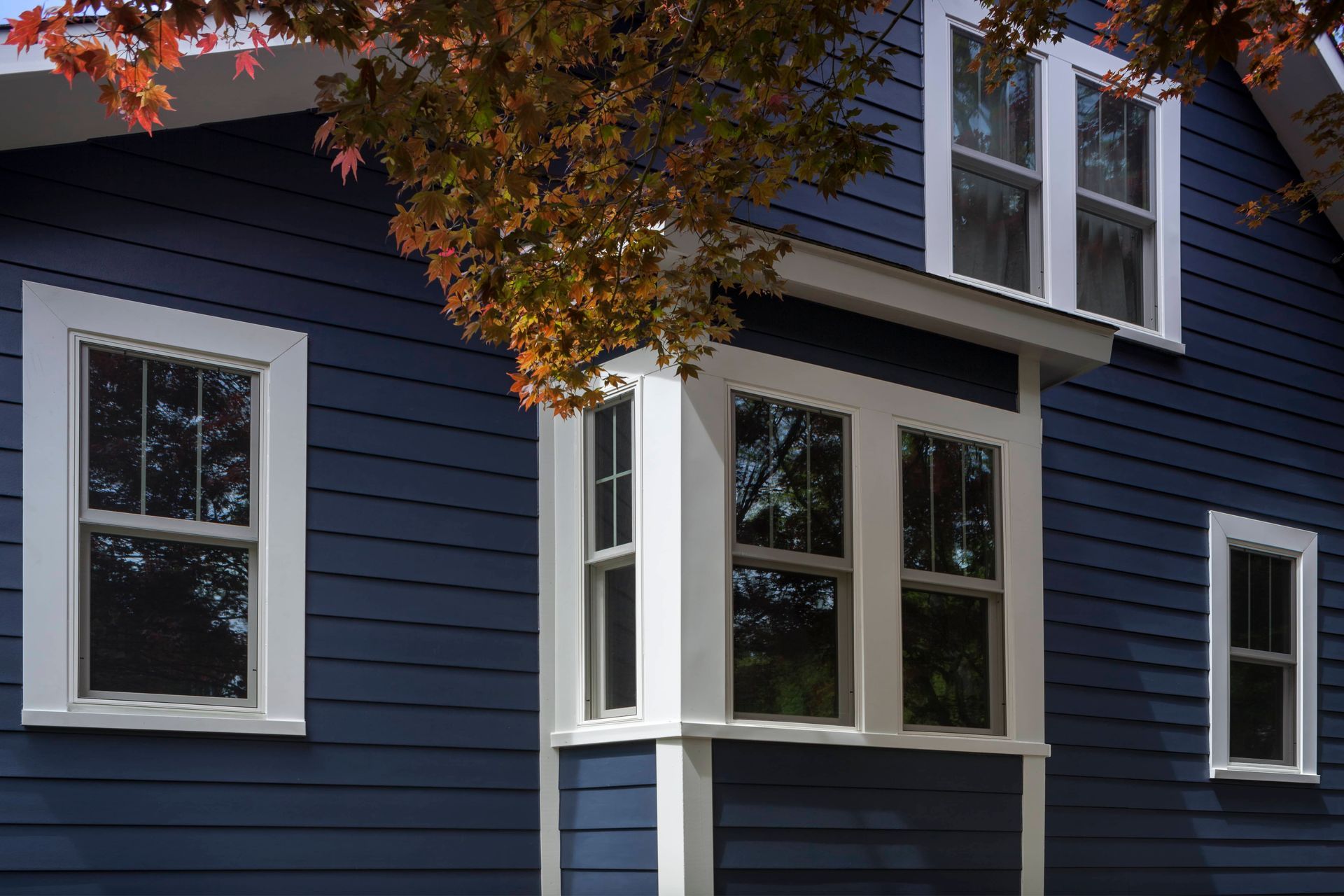
James Hardie vs. Vinyl Siding: 5 Key Differences Every Massachusetts Homeowner Should Know
Choosing the right siding for your home is one of the most important exterior decisions you'll make. At Cycle Carpentry Corp, we've installed both James Hardie fiber cement siding and vinyl siding across Massachusetts for over 40 years, and homeowners consistently ask us: which is better? The truth is, both have distinct advantages depending on your priorities. James Hardie offers unmatched durability and fire resistance, while vinyl siding provides budget-friendly appeal with minimal maintenance. Understanding these five key differences will help you make an informed choice that protects your investment and enhances your home's curb appeal for decades to come.
1. Durability & Longevity: Built to Last vs. Budget-Friendly Performance
When it comes to siding longevity, James Hardie fiber cement siding stands in a class of its own. Properly installed and maintained by certified professionals like our team at Cycle Carpentry Corp, Hardie siding can last 50+ years—potentially the last siding you'll ever need to install. This exceptional lifespan comes from its robust composition: cement, sand, water, and cellulose fibers create a material that's five times thicker than vinyl (averaging 5/16 to ¼ inches compared to vinyl's 0.040-0.048 inches). This thickness delivers authentic shadow lines and deep embossing that genuinely mimics real wood grain, giving your Massachusetts home premium curb appeal that doesn't compromise on performance.
Quality vinyl siding, while more affordable, typically lasts 20-25 years with proper installation and care. Many vinyl installations begin showing visible signs of aging—fading, minor warping, or brittleness—around the 10-year mark, especially when exposed to New England's harsh weather cycles. Vinyl's lighter weight (60-70 pounds per 100 square feet versus fiber cement's 300 pounds) makes installation faster and cheaper, but that reduced mass translates to less impact resistance and structural integrity over time. For homeowners planning to stay in their homes long-term, Hardie's superior durability often proves more cost-effective despite the higher initial investment.
2. Weather & Fire Resistance: Massachusetts-Tough Protection
New England weather demands siding that can handle everything: brutal winter cold, heavy snow loads, summer heat, coastal humidity, and everything between. James Hardie fiber cement siding is specifically engineered to withstand extreme temperatures, driving rain, snow, hail, and high winds without warping, cracking, or deteriorating. But where Hardie truly excels is fire resistance. As a non-combustible material, James Hardie siding will not ignite when exposed to direct flame, giving your family critical extra minutes to evacuate safely during an emergency. This fire-resistant quality often qualifies Massachusetts homeowners for insurance premium discounts—a financial benefit that adds up over decades of ownership.
Vinyl siding performs adequately in moderate weather conditions, and high-quality insulated vinyl offers decent thermal protection with improved R-values. However, vinyl's plastic composition creates vulnerabilities that Massachusetts homeowners should understand. When exposed to intense heat—whether from fire, reflected sunlight off nearby windows, or even grills placed too close to your home's exterior—vinyl can melt, warp, or buckle. We've seen vinyl siding damaged by something as simple as sunlight reflecting off energy-efficient windows onto adjacent siding panels. While vinyl won't fuel a fire like wood, it offers significantly less fire resistance than fiber cement, and it won't slow flame spread the way Hardie siding does.
3. Fade Resistance: Lasting Color vs. Inevitable Aging
One of the most frustrating aspects of vinyl siding is its inevitable fading. Massachusetts homes face intense UV exposure, especially during summer months, and vinyl siding gradually loses its vibrant color over time. The real problem isn't just fading—it's inconsistent fading. Sections exposed to direct sunlight fade faster than shaded areas, creating noticeable color mismatches across your home's exterior. This uneven aging gives homes a worn, neglected appearance that diminishes curb appeal and property value. While some premium vinyl products offer improved UV resistance, no vinyl siding can match the fade protection of James Hardie's proprietary ColorPlus Technology.
James Hardie's ColorPlus Technology is baked on in a factory-controlled process that creates a finish engineered to resist fading, chipping, cracking, and peeling for decades. This isn't paint that can be applied inconsistently or weather off over time—it's a multi-coat system cured at high temperatures that bonds permanently to the fiber cement substrate. Cycle Carpentry Corp has installed ColorPlus siding on Massachusetts homes for years, and the color retention we've witnessed is remarkable. Homes maintain their beautiful appearance with minimal maintenance, and the finish comes with a 15-year warranty against chipping, cracking, and peeling. For homeowners who value lasting aesthetics and want their siding to look as good in 20 years as installation day, ColorPlus Technology delivers unmatched performance.
4. Cost & Value: Initial Investment vs. Lifetime Worth
Let's address what's often the deciding factor: cost. Vinyl siding is significantly more affordable upfront, with material costs around $2-$5 per square foot installed (averaging $3.70 per square foot). A typical vinyl siding project might cost $8,000-$12,000 for an average-sized Massachusetts home. This lower cost makes vinyl accessible for budget-conscious homeowners or those planning to sell within 5-10 years. Vinyl's lightweight nature reduces labor hours, keeping installation costs down. For homeowners prioritizing immediate affordability or planning shorter-term ownership, vinyl siding offers legitimate value and decent performance for the investment.
James Hardie fiber cement siding requires a larger initial investment, typically running $4.70-$8.50 per square foot installed, with many projects averaging $19,000-$25,000 for complete installations. However, this premium pricing buys you premium performance: a 30-year transferable warranty, 50+ year lifespan, superior weather and fire resistance, and fade-resistant color that maintains your home's value. When Cycle Carpentry Corp helps homeowners calculate long-term value, the math often favors Hardie siding. Factor in potential insurance discounts, eliminated repainting costs (unlike wood or primed siding), minimal maintenance expenses, and the likelihood that Hardie siding outlasts vinyl by 2-3 times, and suddenly that higher upfront cost represents smart financial planning. For homeowners investing in their forever home or maximizing resale value, James Hardie delivers exceptional return on investment.
5. Maintenance Requirements: Effort Over Time
Maintenance is where vinyl siding shines brightest. Beyond occasional washing with soap and a garden hose—maybe once or twice yearly—vinyl requires virtually no upkeep. There's no painting, no caulking, no sealing. When individual panels get damaged (from impacts, severe weather, or age-related cracking), they can be replaced relatively easily, though finding exact color matches becomes challenging as your original vinyl fades. For homeowners who want truly hands-off exterior maintenance, vinyl's low-effort upkeep is genuinely appealing. Just understand that "low maintenance" doesn't mean "no maintenance"—panels will eventually need replacement as they become compromised, nicked, or warped over the years.
James Hardie siding also offers impressively low maintenance, though with slightly more involvement than vinyl. Washing your Hardie siding every 6-12 months with a garden hose keeps it looking pristine—that's essentially it. If you choose factory-applied ColorPlus finishes (which we strongly recommend), there's no painting or repainting required ever. The finish is warranted for 15 years and typically looks excellent far longer. If you opt for primed Hardie boards and paint them yourself or hire it done, you'll need to repaint every 10-15 years and maintain caulking around seams to prevent moisture intrusion. At Cycle Carpentry Corp, we typically guide Massachusetts homeowners toward ColorPlus options specifically to eliminate painting maintenance while maximizing color longevity and overall performance.
Making the Right Siding Choice for Your Massachusetts Home
Both James Hardie fiber cement siding and vinyl siding serve Massachusetts homeowners well, but the right choice depends on your specific priorities, budget, and long-term plans. Vinyl siding makes sense if you're working with a tighter budget, planning to sell within 10-15 years, or prioritizing the absolute lowest maintenance effort. It's a practical, affordable solution that performs adequately in our climate. However, if you're investing in your forever home, prioritizing maximum durability and fire safety, or want siding that genuinely lasts a lifetime, James Hardie fiber cement siding represents superior long-term value despite the higher initial cost. At Cycle Carpentry Corp, we've installed both materials across Massachusetts for over 40 years, and we're committed to helping you choose the siding solution that best protects your investment and meets your family's needs.
Ready to discuss your siding project? Contact Cycle Carpentry Corp today for a free consultation. Our experienced team serves homeowners throughout Massachusetts with expert James Hardie and vinyl siding installation backed by our lifetime workmanship warranty.
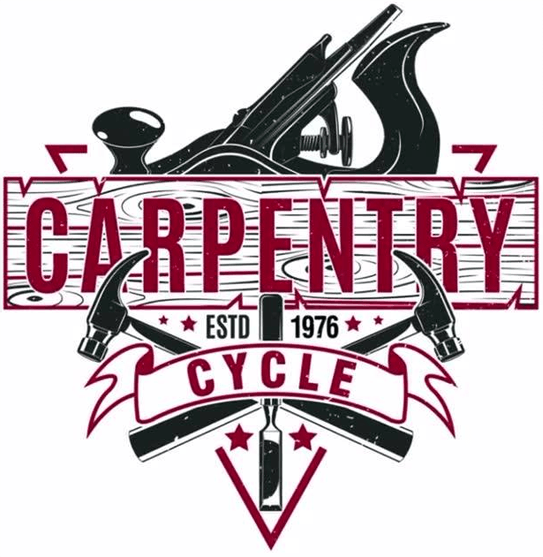
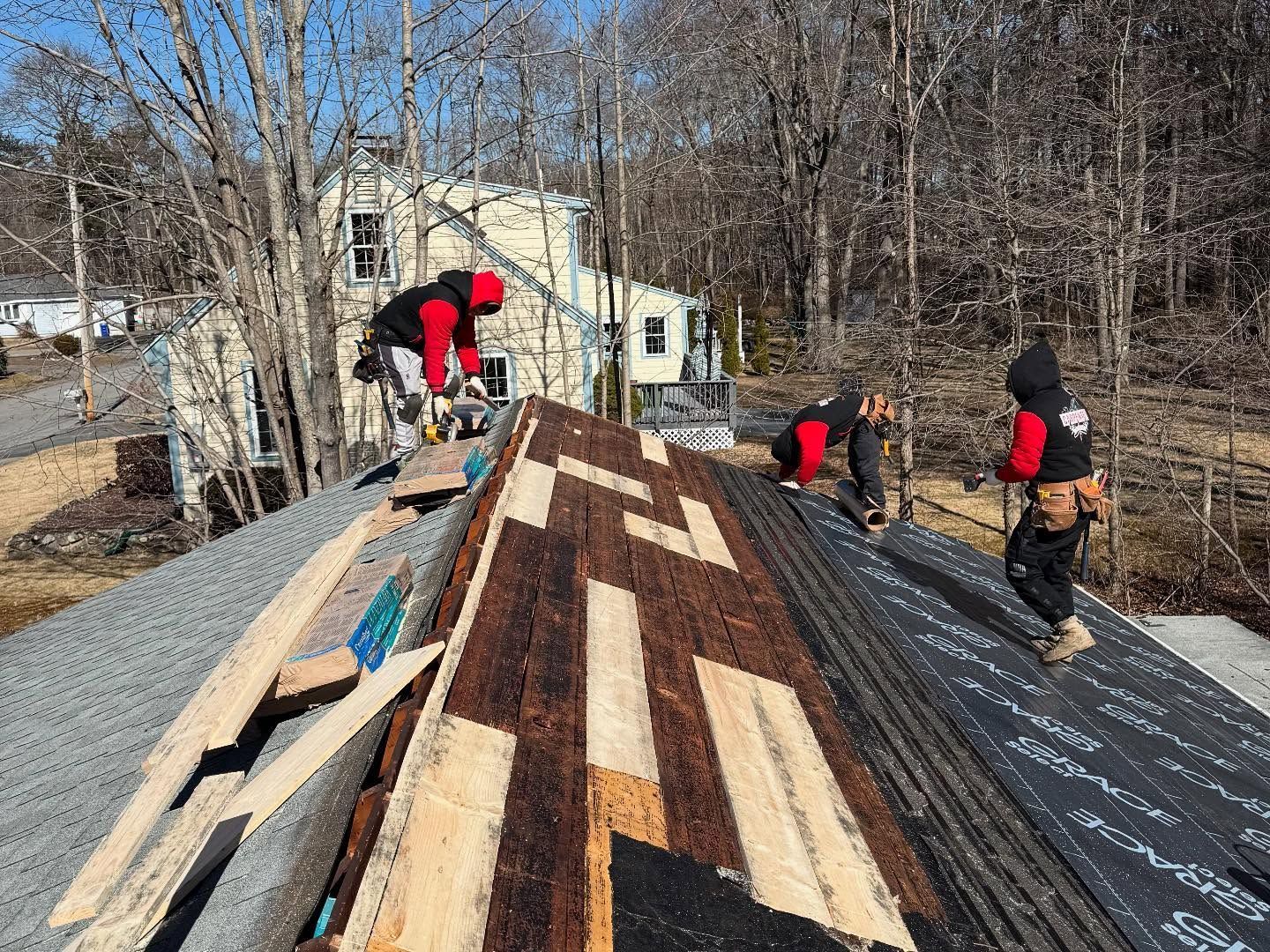
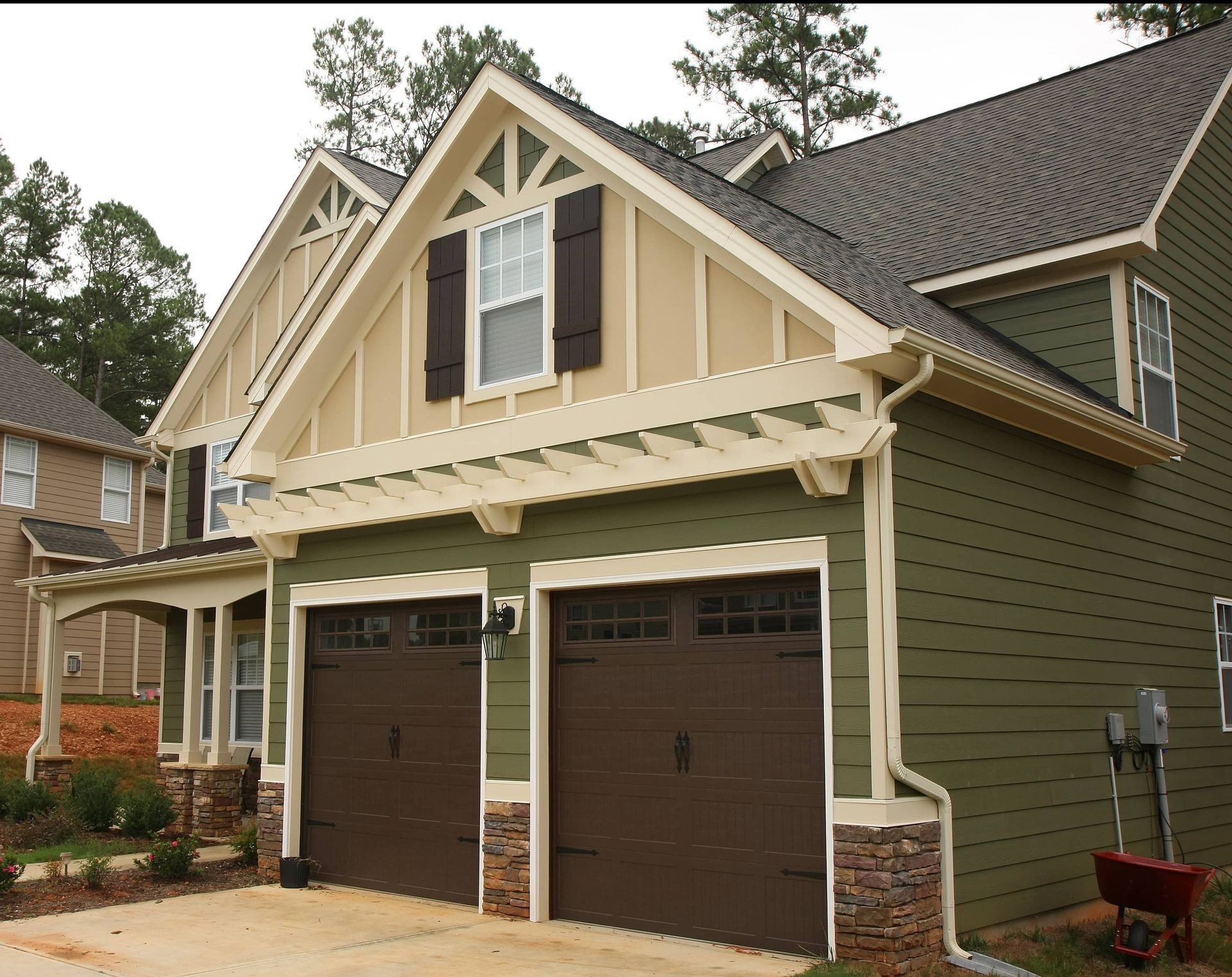
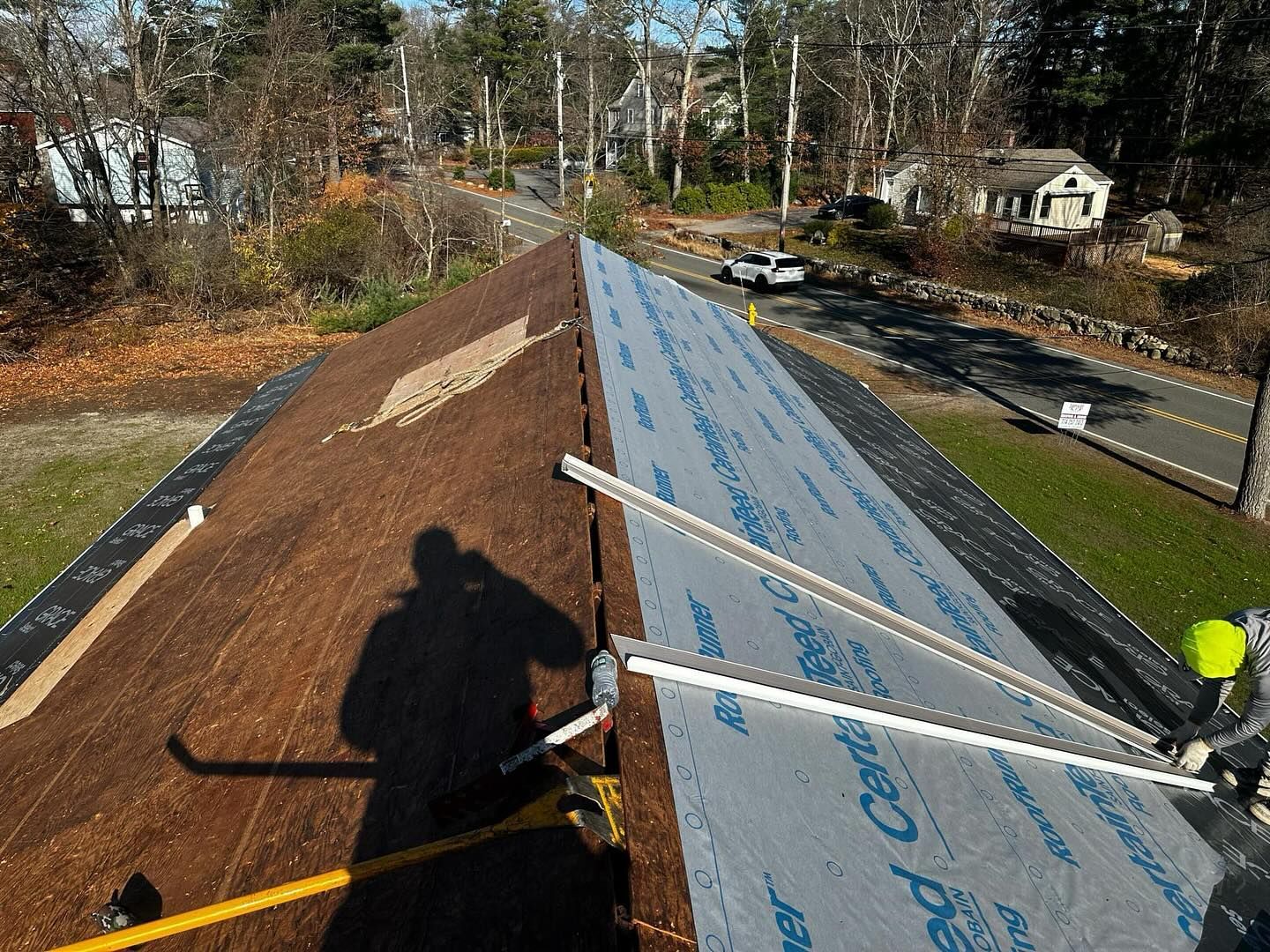
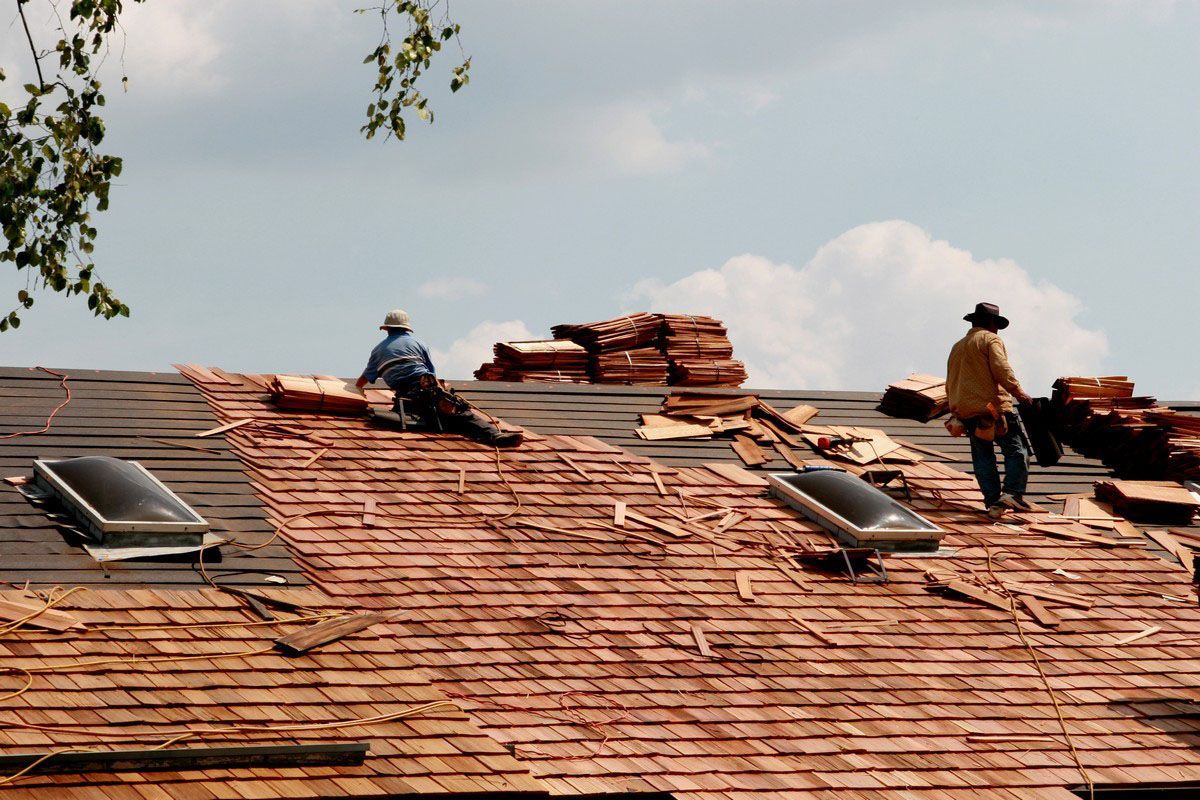
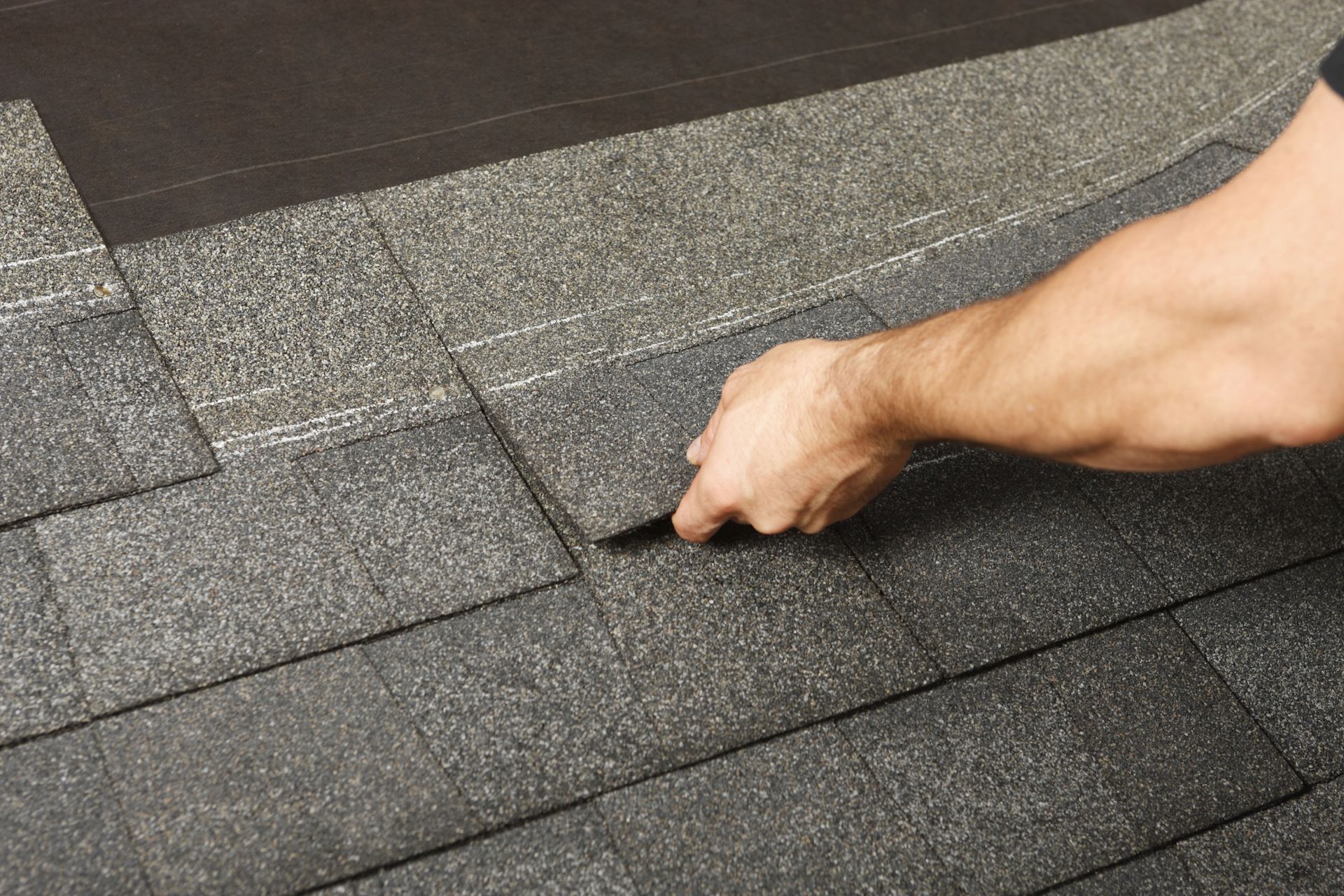
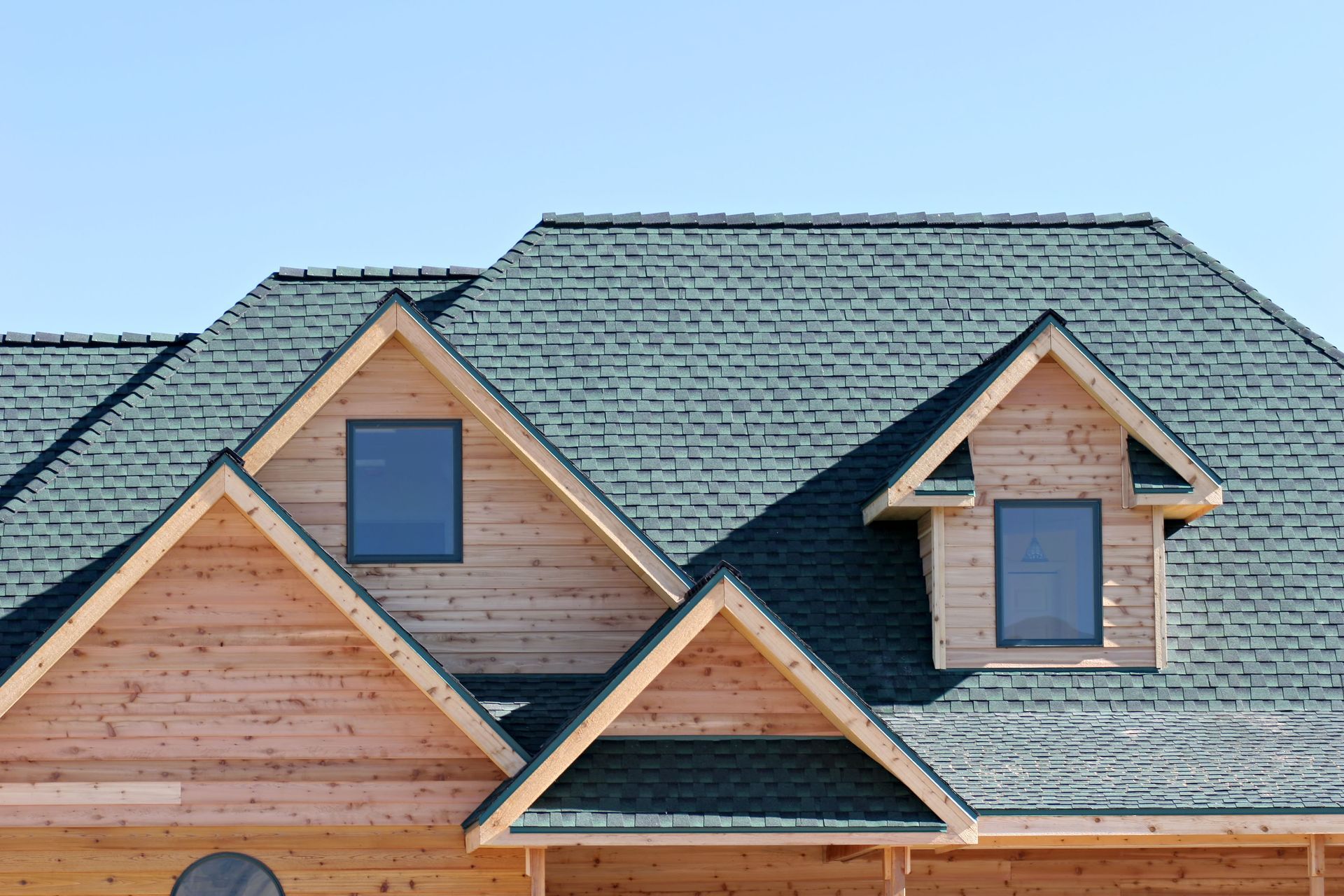
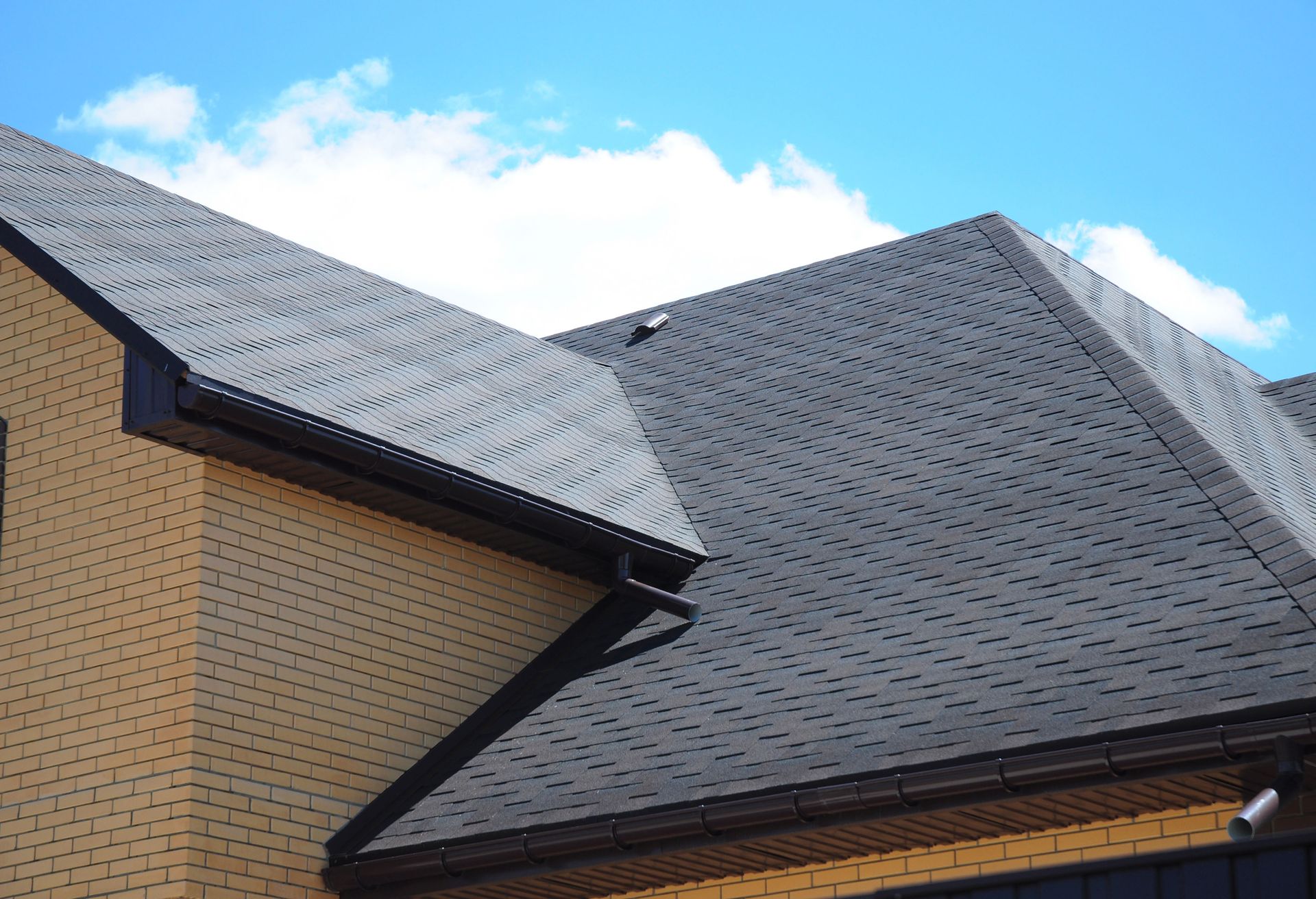
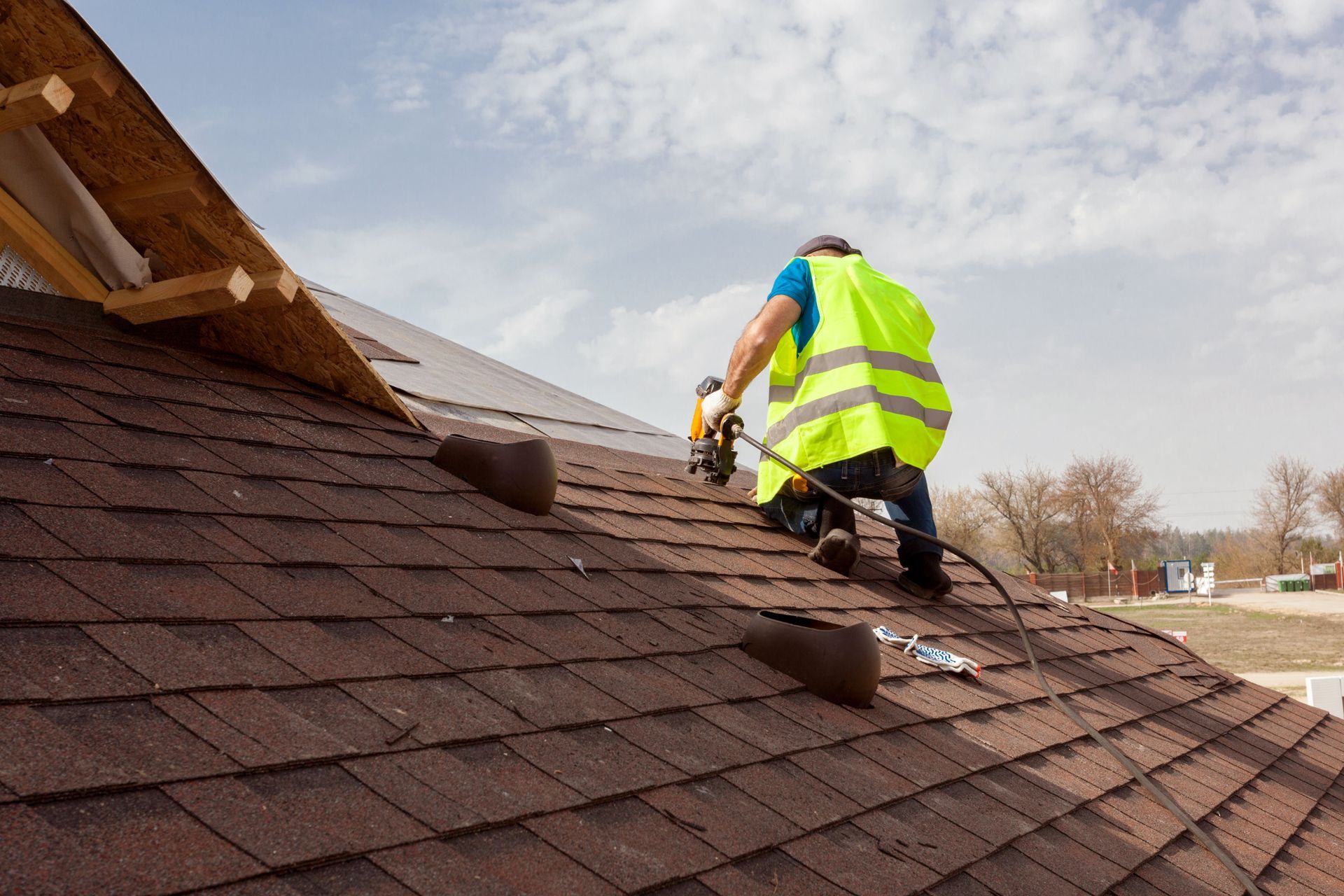
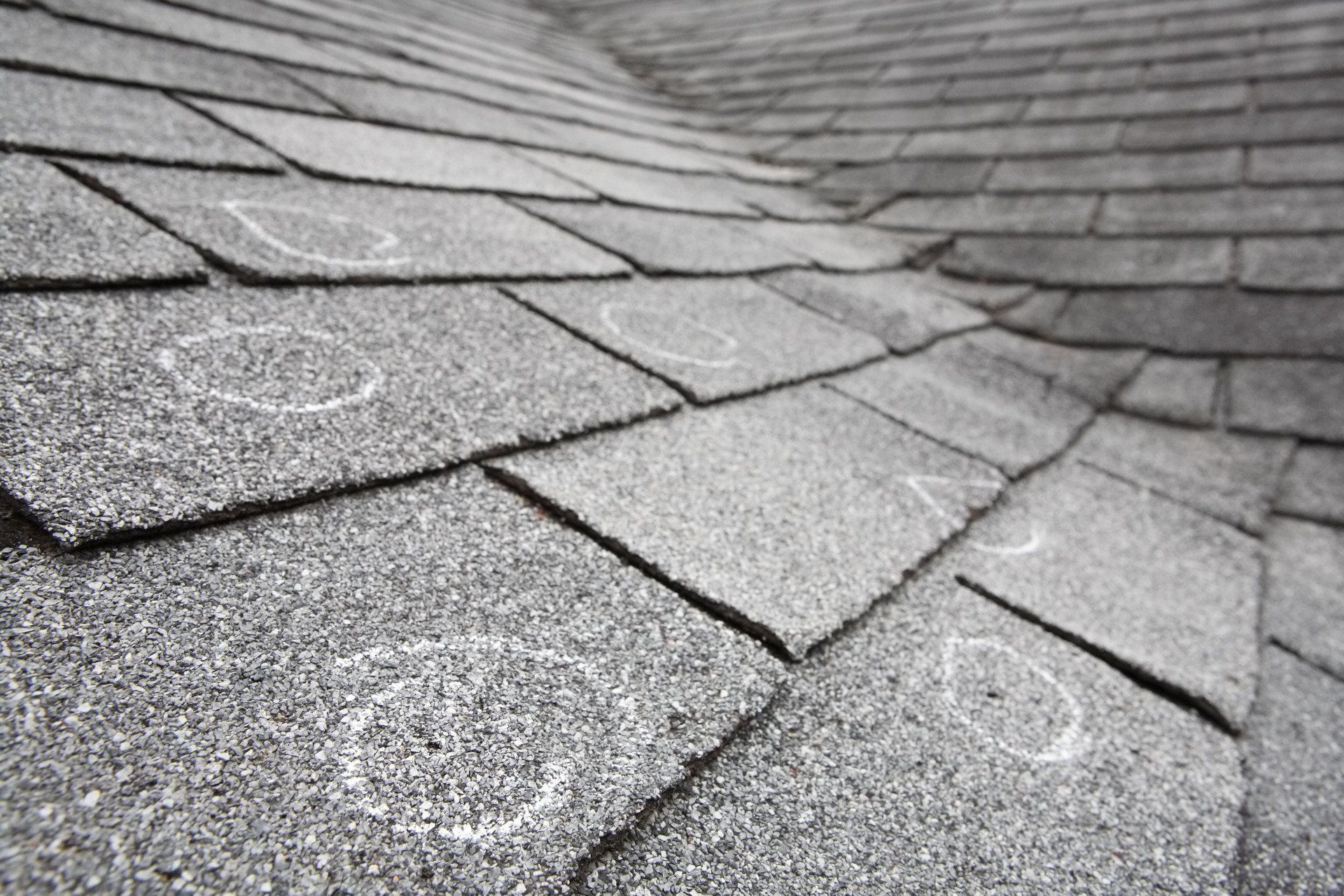




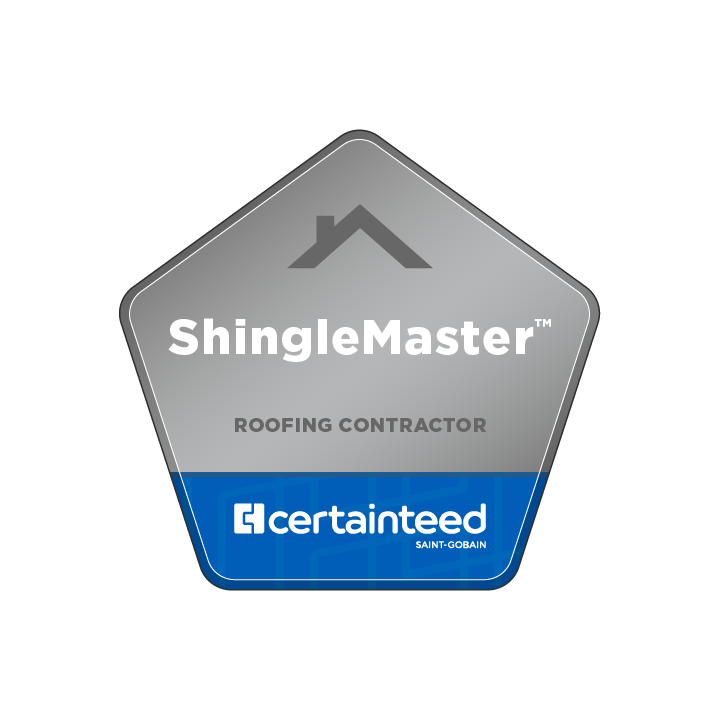

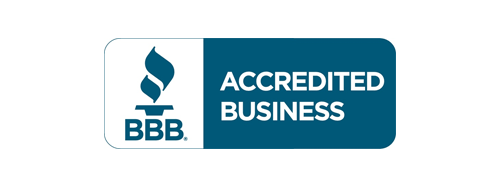
Share On: